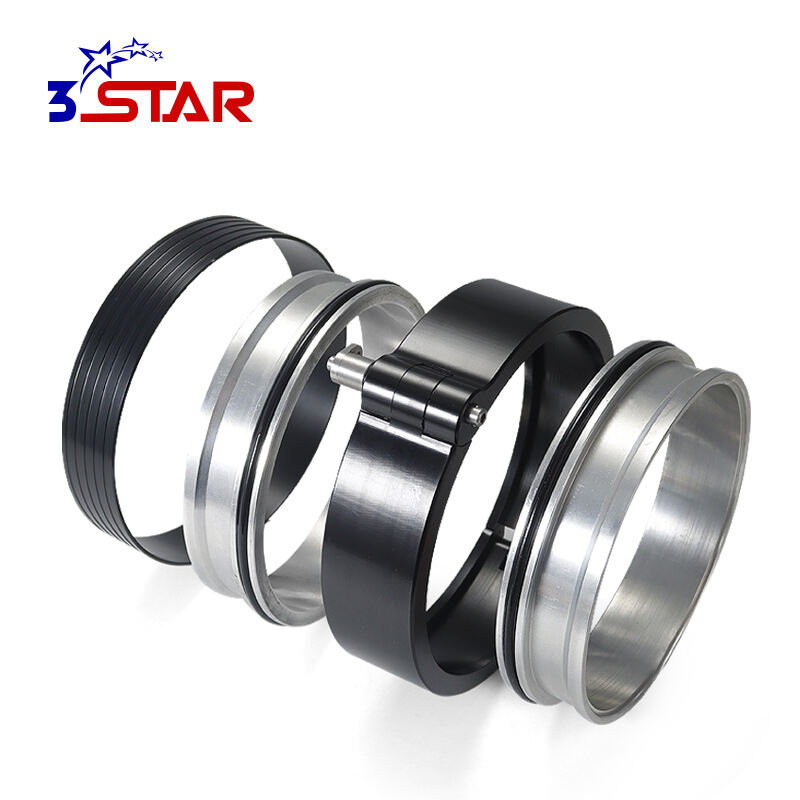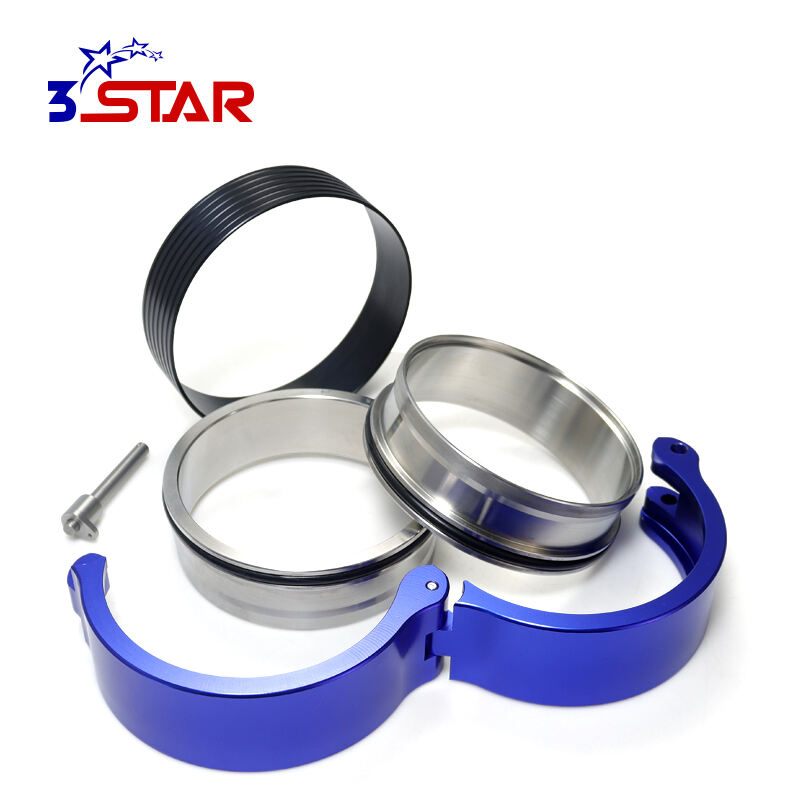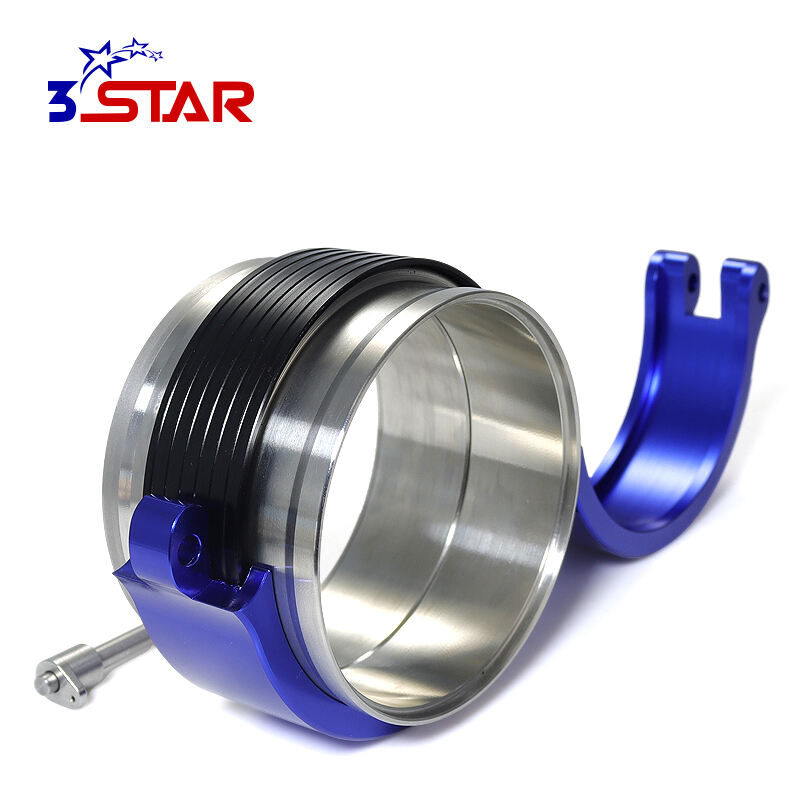When we join pipes and tubes in factories, we typically rely on two techniques: the flange or the V-band connection. Flange connections employ bolts to connect two flat surfaces. V-band connections clutch two ends together, shaped like a V. The chief distinction is how they are manufactured and how easy they are to install.
V-band clamps are popular for a reason – they are so easy to use and install in a couple of minutes. V-band clamps can be secured with a single nut, in contrast to flange connections that require careful alignment and numerous bolts. That shaves time off dressing and makes it easier to repair the exhaust system if something goes wrong.

If you’re trying to make a flange V-band connection work well and not leak, you’ve got to seal it right. You will want a heavy duty quality gasket especially rated for high heat and pressure. Also, be certain the clamp is evenly and securely tightened. That’ll create a secure seal and prevent air or fluid from escaping.

These flange V-band clamp are commonly found throughout factory, exhaust downpipe, pipe, elbow, turbo, intercooler, intake and pressure side system. They excel in when you have to mend things more routinely. The way they can make a tight seal can prevent leaks and also help keep equipment running smoothly.

When choosing your project’s flange V-band size, consider the size of the pipes or tubes to be joined. Also consider how much pressure the connection will have to bear. Choosing the right size and style will ensure strong, tight connections. A good clamp and gasket and it will last and work better.